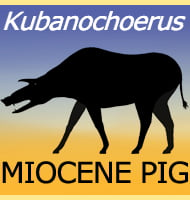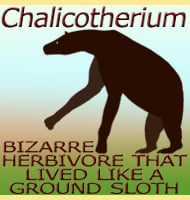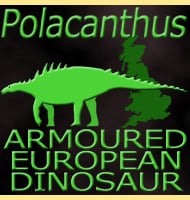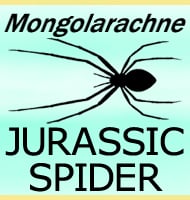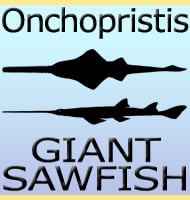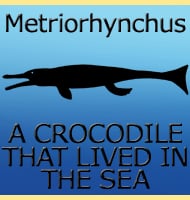In Depth
Described in 2012, Europejara has gone down as the first tapejarid pterosaur known from Europe. At the time of writing the only known fossils of this pterosaur are a partial skull and lower jaw. The preserved portion of the skull is two hundred and thirty millimetres long, though in life the skull is estimated to have been up to two hundred and fifty millimetres long. A crest was present on top of the skull which in life would have risen up and back over the skull, though the exact form of the crest has not been formed completely. A smaller crest was also present upon the bottom tip of the lower jaw.
Further Reading
- A new crested pterosaur from the Early Cetaceous of Spain: the first European tapejarid (Pterodactyloidea: Azhdarchoidea). - PLoS ONE 7(7):e38900 - R. Vullo, J. Marug�n-Lob�n, A. W. A. Kellner, A. D. Buscaloni, B. Gomez, M. Fuente & J. J. Moratalla - 2012.

